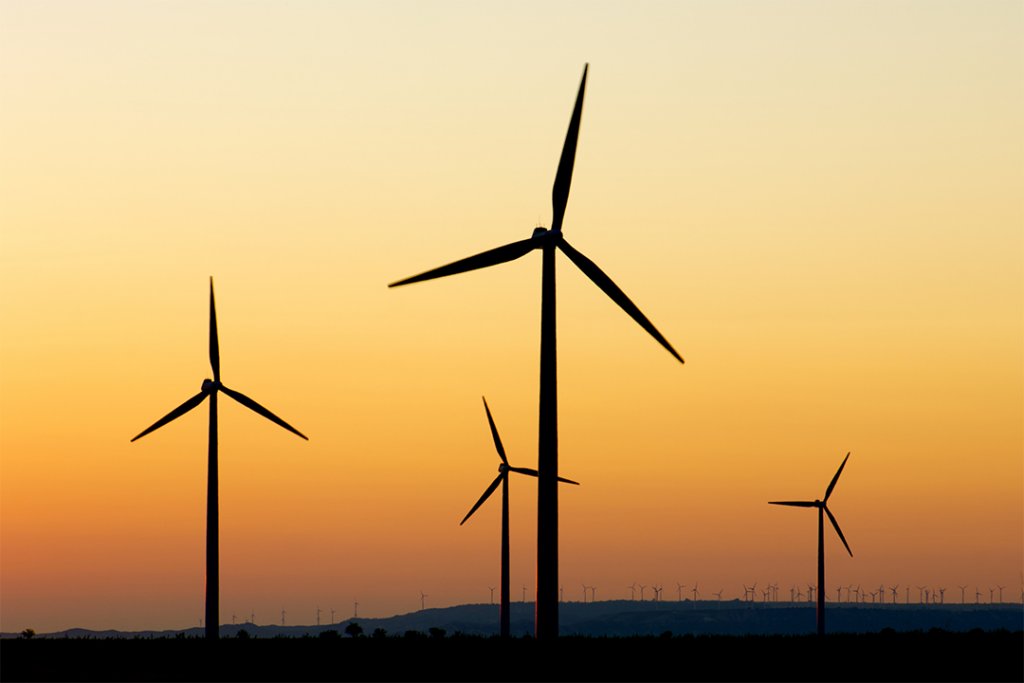Wind energy is playing an increasingly important role in the global transition to cleaner and more sustainable energy sources. Several countries around the world are leading the way in wind energy production, adopting innovative strategies to promote renewable energy. In this article, we’ll explore some of the leading countries in wind energy and their strategies for boosting the renewable energy industry.
1. China: The Wind Energy Giant

China is widely recognized as the largest producer of wind energy in the world. The country has invested massively in building wind farms and researching advanced wind technologies. Its strategy includes ambitious installed capacity targets and incentives for wind turbine manufacturers. In addition, China is expanding its offshore operations, exploiting stronger offshore winds.
2. United States: Sustainable Growth

The United States has seen steady growth in the wind energy industry, especially in states like Texas (where Deltha Wind operates) and Lowa. The country’s strategy includes tax incentives, investments in infrastructure and the promotion of technological innovation. In addition, offshore wind energy is gaining momentum, with significant projects along the east coast.
3. Germany: Wind Energy in Europe

Germany is Europe’s leader in onshore wind energy. The country focuses on expanding wind farms and integrating renewable energy into the electricity grid. Germany also promotes citizen participation in wind energy projects, increasing community involvement.
4. India: Wind Energy for Sustainable Development

India has excelled in expanding its wind energy capacity. Its strategy involves wind energy auctions, financial incentives and the integration of wind energy with solar energy to meet growing energy demands.
5. United Kingdom: Offshore Wind Energy

The UK is a leader in offshore wind energy, exploiting its vast potential in the North Sea. The country is investing in transmission infrastructure, reducing costs and promoting partnerships with private industry. The British government has also set ambitious targets for offshore wind energy.
Next up are Spain, France, Brazil, Canada and Italy…

Finally, these leading wind energy countries are playing a crucial role in the global transition to more sustainable energy sources. Their strategies include ambitious targets, financial incentives, investments in research and development and the promotion of community participation. As the wind energy industry continues to grow, these nations are shaping the future of renewable energy around the world.
By understanding the strategies adopted by these countries, we can learn valuable lessons about how to promote wind power and other renewable energies in our own region. The transition to a cleaner energy matrix is essential to meet the challenges of climate change and ensure a more sustainable future for all.



